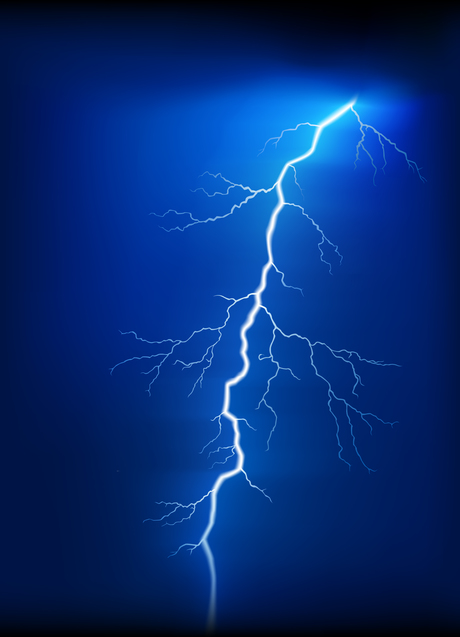Lots to be learned from catastrophic energy failure

A preliminary report by the operator of the power network makes it clear that the huge electricity pylons which were taken out by the storm triggered a sequence of extraordinary events that led to the state-wide blackout in South Australia, the Clean Energy Council has said.
Chief Executive Kane Thornton said it would not have mattered whether South Australia was running on coal, gas, nuclear or renewable energy.
“You cannot get power to residents and businesses when huge electricity pylons are bent in half and the powerlines are lying on the ground. This was a once-in-50-year storm which placed extraordinary stress on the power system, and the cascading events that followed the damage to the transmission system have never been experienced before,” Thornton said.
“Australia’s power network is highly sophisticated with a range of advanced protection and fault ride-through equipment and systems that are rarely tested in real time. These were put under unprecedented pressure due to the extreme weather events in South Australia.
“No doubt there will be much we can learn to improve the resilience of the electricity system in light of the evolving energy mix and the probability of increased storm events in the future.
“The wind industry works closely with the Australian Energy Market Operator (AEMO) to determine the standards under which they operate and undertakes ongoing reflection, refinement and testing to these standards. Wind farms in SA are tested when they are commissioned and cannot operate unless they remain compliant with the nation’s strictest operating standards. The extraordinary circumstances that occurred in the state will be cause for ongoing revision to these standards and the wind industry welcomes this approach,” he said.
Thornton said AEMO has made it very clear that it has not fully analysed the events leading up to the blackout in South Australia.
“The preliminary report by AEMO is inconclusive and will be updated as more information becomes available in the weeks ahead. The clean energy industry is working with AEMO to address any issues identified as soon as possible,” he said.
“There is no evidence to suggest that maintaining Northern Power Station in operation or the increased role of wind power changed the outcome in these extraordinary events.
“Given the storm damage to the transmission lines that connect the Northern Power Station site to Adelaide, Northern Power Station would have been disconnected from the rest of the network. The blackout would have occurred regardless,” he said.
Aust solar farms to deploy Canadian anti-hail tech
Australian energy retailer Flow Power is teaming up with Canadian Solar to deploy the...
Praise for Senate committee report into electrification
Rewiring Australia has welcomed a report into residential electrification carried out by a...
Endeavour Energy launches new community battery program
76 new batteries will be delivered across the Illawarra, South Coast, Greater Western Sydney,...




